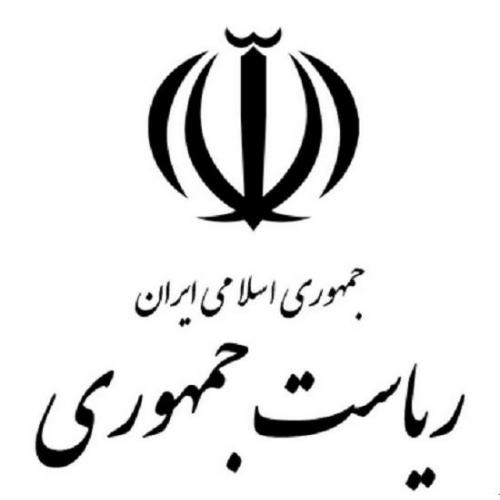
-
بررسی آییننامهها و دستورالعملهای برنامه هفتم پیشرفت
-
بررسی عوامل موثر بر افزایش تصادفات و تلفات جادهای و سوانح رانندگی و دادهکاوی تلفات انسانی
-
سازماندهی و بازآرایی فضایی آموزش عالی کشور
-
به روز رسانی سند ملی آمایش سرزمین
-
انجام مطالعات مناطق آزاد به عنوان نواحی پیشران اقتصادی کشور
-
اصلاح ساختار بودجه و پیاده سازی نظام یکپارچه مدیریت اطلاعات مالی دولت (IFMIS)

Economic growth is a fundamental driver of national prosperity, leading to improvements in per capita income, living standards, and national strength. Iran's development plans, such as the twenty-year vision and the sixth development plan, underscore the importance of achieving high and sustainable economic growth. To realize this goal, it is essential to carefully evaluate the factors influencing economic growth and formulate appropriate policies to address them. Previous research suggests that innovation, or "smart growth," holds greater significance for economic growth compared to traditional production inputs. In an effort to promote innovation, Iran has established various institutions and implemented programs, including the Vice Presidency for Science, Technology, and the Knowledge-Based Economy. However, despite these efforts, innovation and entrepreneurship have not fully materialized into a driving force for the national economy due to several underlying factors.
This research aims to identify and analyze the various perspectives of scholars and evaluation models pertaining to the innovative entrepreneurship ecosystem and entrepreneurship-driven economic growth. Additionally, it examines international entrepreneurship ecosystems to identify the factors contributing to their success and evaluates Iran's entrepreneurship ecosystem, its key players and their respective roles, the underlying conditions governing them, and proposes approaches to enhance the performance of Iran's innovative entrepreneurship ecosystem.
The relationship between economic growth and entrepreneurship has been extensively studied. Bamol et al. (2007) investigated the economic systems of various countries and concluded that successful capitalist systems typically combine large corporations with entrepreneur-oriented capitalism. They assert that continuous economic growth requires a shift towards this combination. In this regard, they identified factors that influence the long-term growth of technologically advanced economic systems, including ease of business formation, support for failed businesses, rewards for productive entrepreneurial activities, strong property rights and contracts, avoidance of excessive taxation, discouragement of unproductive activities, and recognition of successful entrepreneurs. They also emphasized the influence of other factors on economic growth, such as culture, education, macroeconomic stability, and democracy.
A comprehensive study of entrepreneurship ecosystems has also been conducted. After presenting various definitions of the technological ecosystem, including Eisenberg's (2011) definition, which defines it as a network of institutions designed to assist entrepreneurs at different stages of venture business development, and outlining the six policy dimensions of an ecosystem, namely finance, culture, support, human capital, and markets, the frameworks for measuring the entrepreneurship ecosystem and the areas covered by them have been examined. Prominent frameworks include Babson's evaluation framework, OECD, World Economic Forum, GEDI, and the American Competition Council.
Subsequently, the ecosystems of Silicon Valley, Boston, and China were thoroughly examined to identify the governing principles that contributed to their success. Silicon Valley's remarkable success can be attributed to the formation of a well-suited ecosystem.
In conclusion, the report introduces the concept of a "smart ecosystem of innovative entrepreneurship" and its characteristics, including self-organization, self-control, promotion, responsiveness to member needs, and alignment of all activities with the ultimate goal of the ecosystem, namely fostering innovative entrepreneurship, value creation, and societal needs fulfillment. It then identifies the institutions influencing this ecosystem and the relationships between them. These institutions include the government and governing bodies, universities and research centers, large industries, capital providers, support systems, entrepreneurs, legal infrastructure, cultural platforms, and markets. The status of each of these institutions in Iran is evaluated, and approaches are proposed to enhance their performance in alignment with the goals of the innovative entrepreneurial ecosystem.
The most crucial factor for the government to consider and adjust its policies and programs accordingly is adopting a comprehensive understanding of all dimensions and actors of the innovative entrepreneurship ecosystem.



